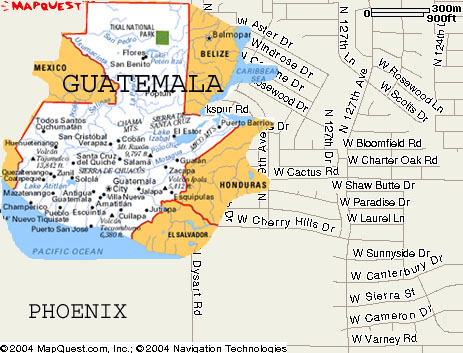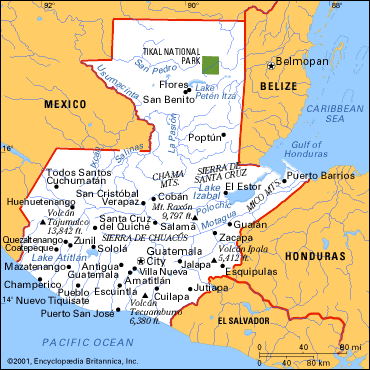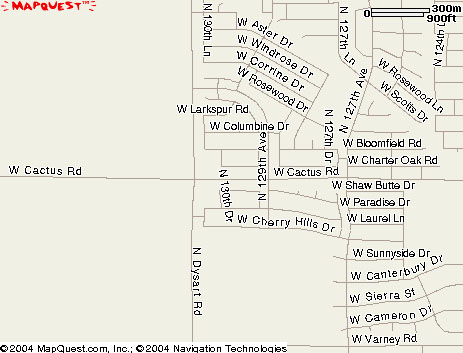|
EDDIE ESCOBAR: from Guatemala to Phoenix
|
|
The person I interviewed is Eddie Escobar. He is from Guatemala, in Central America, and has lived here in Phoenix for 9 years now. I know him because he is my soccer teammate. He is very attached to his country: he has a flag on his truck, his lucky necklace is the symbol of Guatemala, and he still has good memories about it. He came here by him self when he was 18, and he is making a pretty well living right now that he is 27. Not even a month after his eighteenth birthday; his parents bought him a plane ticket for Phoenix. When Eddie came here, he was still applying for his Visa; and he had to deal with that since one year ago, when he had to drop his classes for the all semester to go back to his home Country and finally solve his status. He underlined how hard it was to make a living at first, but he also admitted that he would have never got to where he is now if he wouldn't have moved to America. He still considers himself as Guatemalan, but he respects America and Americans. Nowadays Eddie is a legal resident on Dysart and 127th Ave. When I was interviewing Eddie it was hard to find interesting notes about him because I have known him for a long time. When I asked him the reason why he moved here, he said that he felt like it was his duty to start making his family and himself wealthier. He hated to live in the poor conditions that they used to, craving for food, freezing during winters, and since he had the opportunity he wanted to make his and his next generation’s lives much more adequate to today’s world. He told me that at 18 years old he did feel like it was right to come here to the U.S. but at the same time he was very scarred; and that if it wouldn’t have been for his parents that talked him into it and told him that it was the right thing to do, it would have taken him much more time to realize that coming here was his best option. Eddie said he was the first one of his family to leave Guatemala, and he feels lucky that he wasn’t a refugee nor illegal immigrant, especially after all the stories I told him, which I learned in class, about how mistreated they are, and how ridiculous the bureaucracy to become a legal immigrant is. That’s when I told him about the statistics I saw from the U.S. government site on types of immigrants by country of origin. I noticed Guatemala was in the third place for Illegal Alien Population in America with 165,000 immigrants; fourth in the Aliens Apprehended rank with 6,659 people. When Eddie came here it took him six months of hard working at two jobs to make sufficient money to live on his own, and start paying for his school. He is currently doing both at a full-time status. “At first it was hard, and it seemed like it was not going to get easier. White pride was all around, and it seemed like there wasn’t enough space for me”. He started with very simple jobs, such as fast food, or hard jobs; and that’s when I told him the theory by Grace Chang stated in her book that we read, where she says that the people that do our least desirable jobs are the most crucial to our economy. And I also told him about the article I read on the web on “Azcentral” called “Dyng to Work” by Dennis Wagner and Pat Finnerly were they explain that our breakfast is so cheap only thanks to “lawbreaking laborers and the businesses that gladly hire them”. The oranges for the juice are picked up by undocumented workers in Florida. “The bacon passed through immigrant hands in an Iowa meatpacking plant. The jam on your toast came from strawberries plucked by farmworkers in California. And those sunny-side-up eggs? Gracias, amigo”. He told me that sometimes he even went to meeting spots for on day-laborer in downtown Phoenix. We saw a video that talked about the life of day-labor people in Austin, Texas. Eddie didn’t used to do that every day, but sometimes when extra money was needed. He told me that those people are willing to do any kind of hard job to make whatever money is possible. Just like the point of the whole video was to make us understand how sad the life of those people is, he explained me that everyday he would go there he would pray to get lucky and find a job. He went a long way, and today he has many friends of all origins, and I personally never heard him making not even the least disrespectful joke about anyone. He made many friends thanks to his free spirit charisma, many of them are white. I remember the first time I met him, it was during the break of our night class three semesters ago, and the same night he invited me to his house, made dinner, and opened his door to me. This reminded me of a story I read from “Crossing the Blvd.” by Lehrer & Sloan entitled “The brothers Rahman / El Sayed”. That true story focused on how every immigrant sees sharing a table filled with food as a major gesture of welcome. After a month that I knew him we both went to Mexico for Spring Break, and that’s where he told me how his home country it’s not very different from Mexico, both in a bad way (it’s poor, dirty, sad), but also in a good way (everyone is happy, and doesn’t really need too much to smile). When he was pointing me out these similarities, I was thinking about the book by David McCurray where he stated “Moroccans are the Mexicans of Western Europe”. The similarities he was talking about I could find them in the immigrants that live in Rome, which are especially Moroccans. Before coming here Eddie didn’t have too many skills, he had a major language problem, and most of all he didn’t know what America was like nor how different his life was going to be. But he said he came here with many plans and projects for his future. Part of his plan was to convince his family to come here in America, but they said they are living a happy life right now, and don’t think they’ll gain anything they already have by moving here. He sincerely told him that he always miss his home country, his friends, his family, his life style, but he also told me that he won’t never move back again.
|
| Return to my HomePage |



